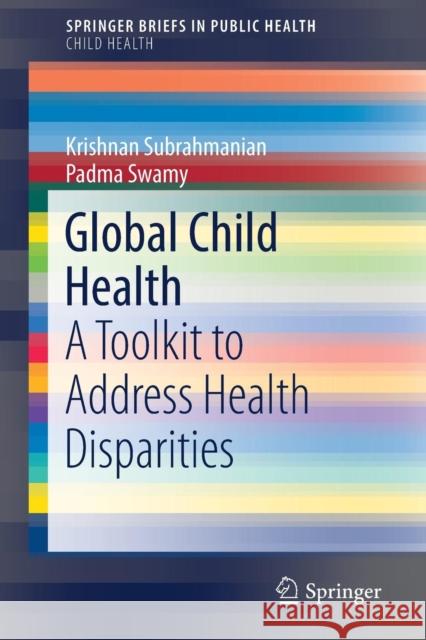Global Child Health: A Toolkit to Address Health Disparities » książka
topmenu
Global Child Health: A Toolkit to Address Health Disparities
ISBN-13: 9783319751351 / Angielski / Miękka / 2018 / 101 str.
Kategorie:
Kategorie BISAC:
Wydawca:
Springer International Publishing AG
Seria wydawnicza:
Język:
Angielski
ISBN-13:
9783319751351
Rok wydania:
2018
Wydanie:
2018
Numer serii:
000440811
Ilość stron:
101
Waga:
0.17 kg
Wymiary:
23.39 x 15.6 x 0.58
Oprawa:
Miękka
Wolumenów:
01
Dodatkowe informacje:
Wydanie ilustrowane











